Black Memorabilia
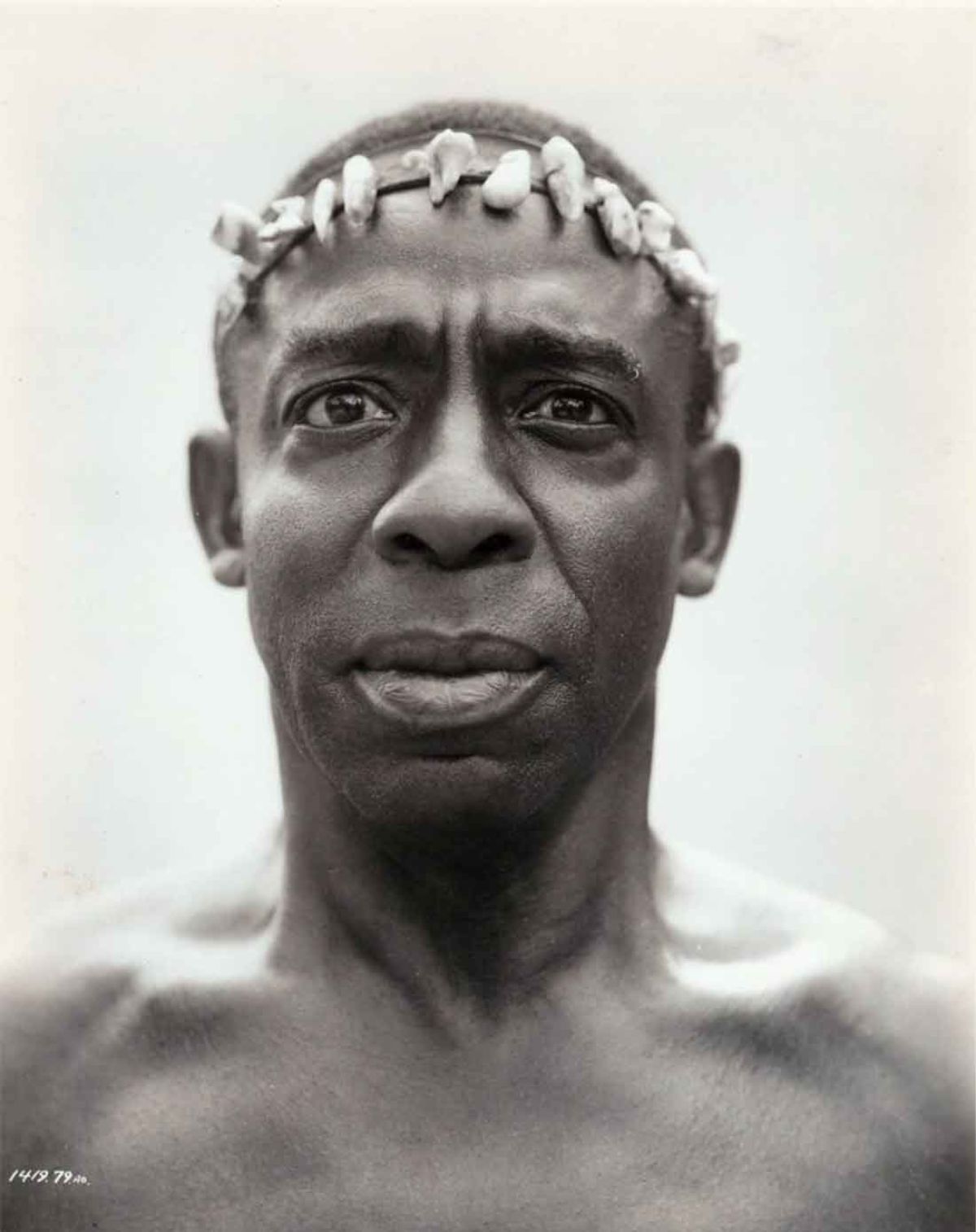
Clarence Muse – America’s First Black Movie Star
| African American Movie Memorabilia, African Americana, Black History, Featured, Film & Movie Star Photographs, Movie Memorabilia, Movie Posters
Clarence Muse (October 14, 1889 – October 13, 1979) was an African American actor, screenwriter, director, singer, and composer. He was the first African American to appear in a starring role in a film, 1929’s Hearts in Dixie. He acted for 50 years and appeared in more than 150…
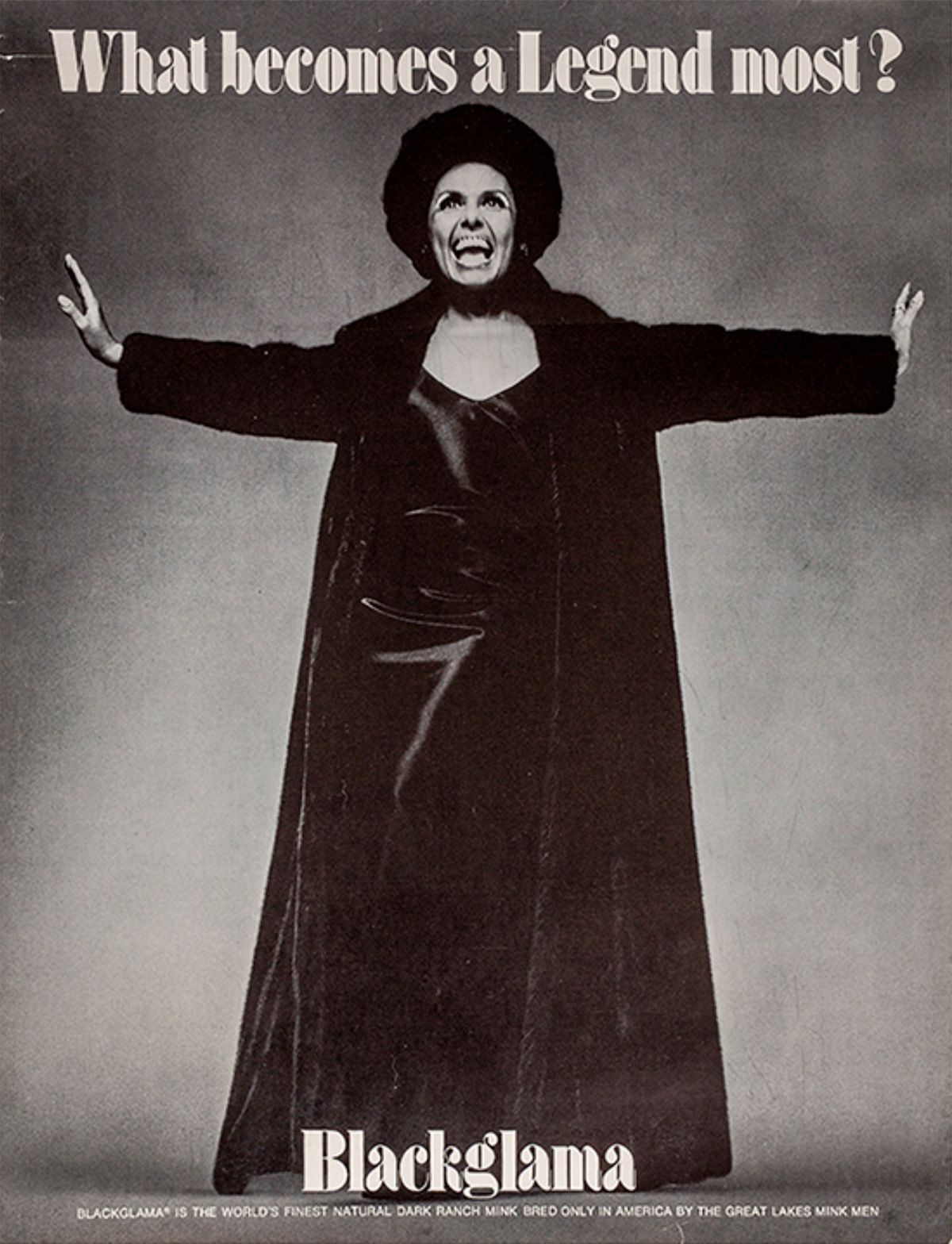
Lena Horne: African American Icon
| African American Movie Memorabilia, African Americana, Black History, Famous Female Vocalists, Famous Hollywood Portrait Photographers, Film & Movie Star Photographs
In honor of Black History Month we celebrate the ”What Becomes A Legend Most” icon, Lena Horne. When Lena Horne was asked to become the image for Blackglama’s 1969 ad campaign poster (see above), she follows in the heels of such female icons as Marlene Dietrich and Joan Crawford; she was the first…
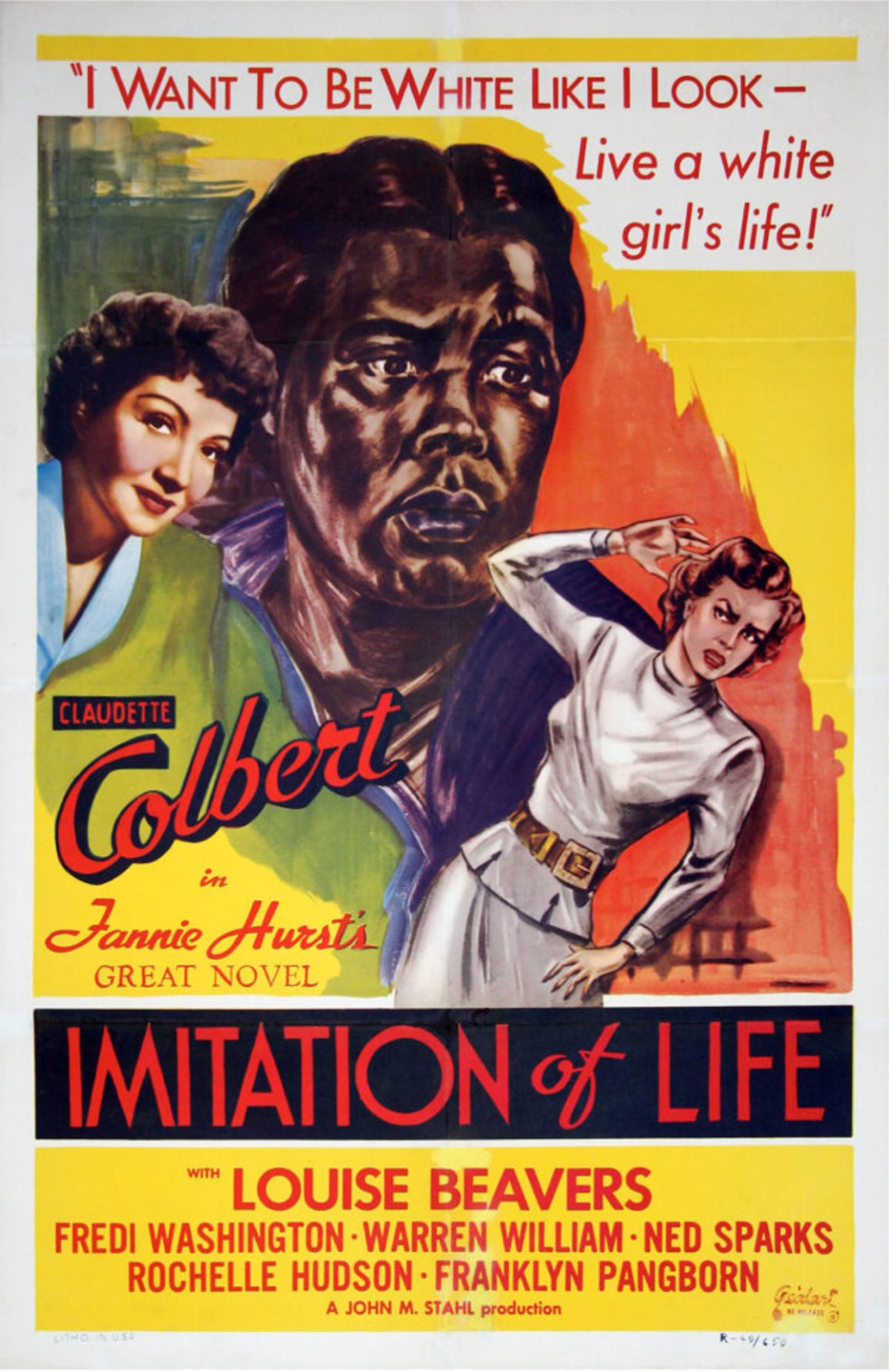
“Passing” Reflected in Three Films
The Netflex film Passing deals with the African American topic that has come to be known as “Passing” when a person classified as a member of a racial group is accepted or perceived (“passes”) as a member of another. Historically, the term has been used primarily in the United…

Three Legendary African American Female Vocalists
Mahalia Jackson, Marian Anderson, and Odetta are three legendary female vocalists who established the African American woman in the first half of the 20th Century as, not only a significant voice in the Civil Rights Movement, but a defining inspiration for both female and male vocalists.
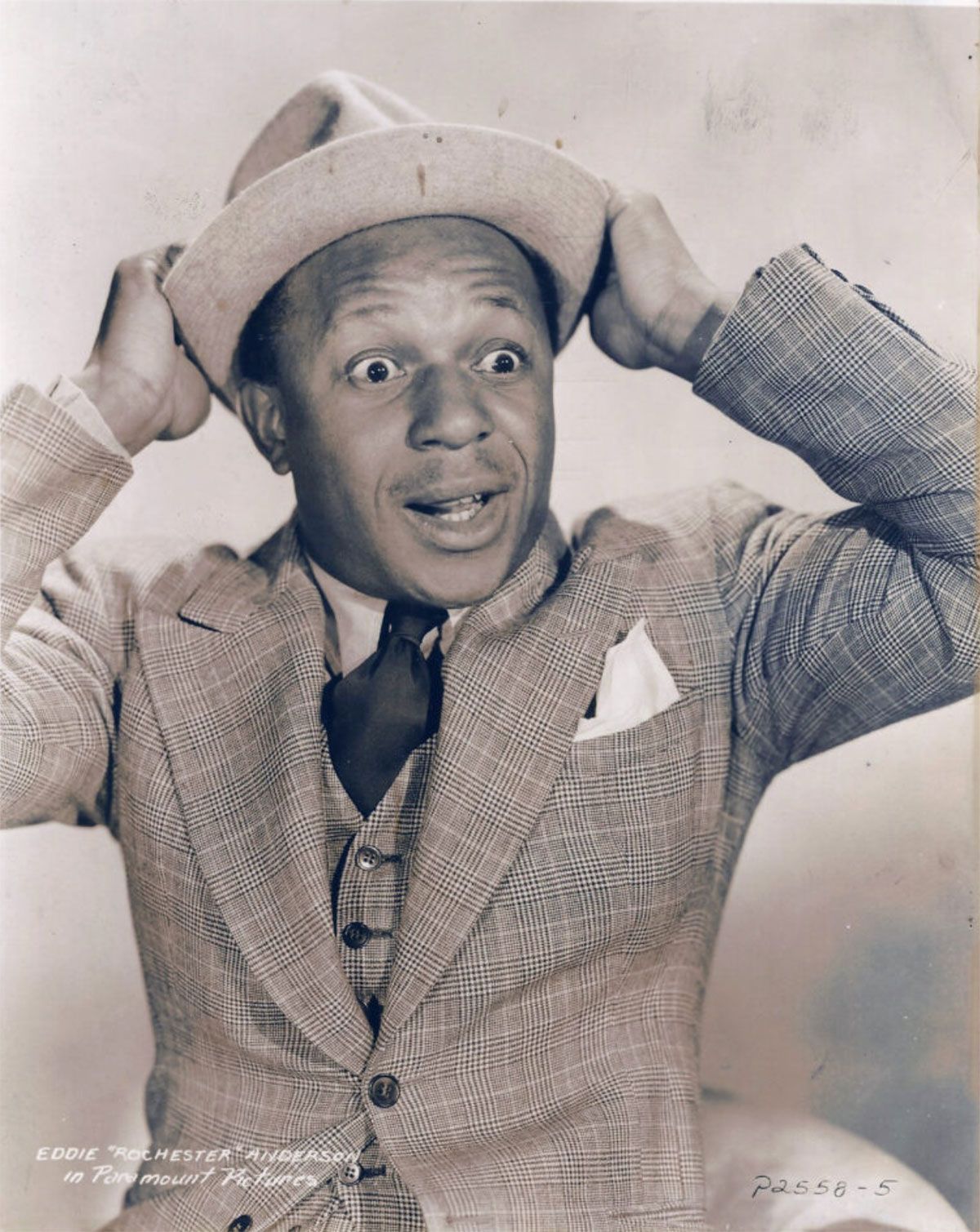
FOUR OF HOLLYWOOD’S CLASSIC BLACK COMEDIC ACTORS
COMEDIC BACKGROUND
Black comedian/comedic actors today rank as some of the most successful and respected stars of the film, stage and television comedy firmament: Eddie Murphy, Bill Cosby, Chris Rock, Dave Chappelle, Leslie Jones, Kevin Hart, Redd Fox, Whoopi Goldberg, Dick Gregory, Wanda Sykes…
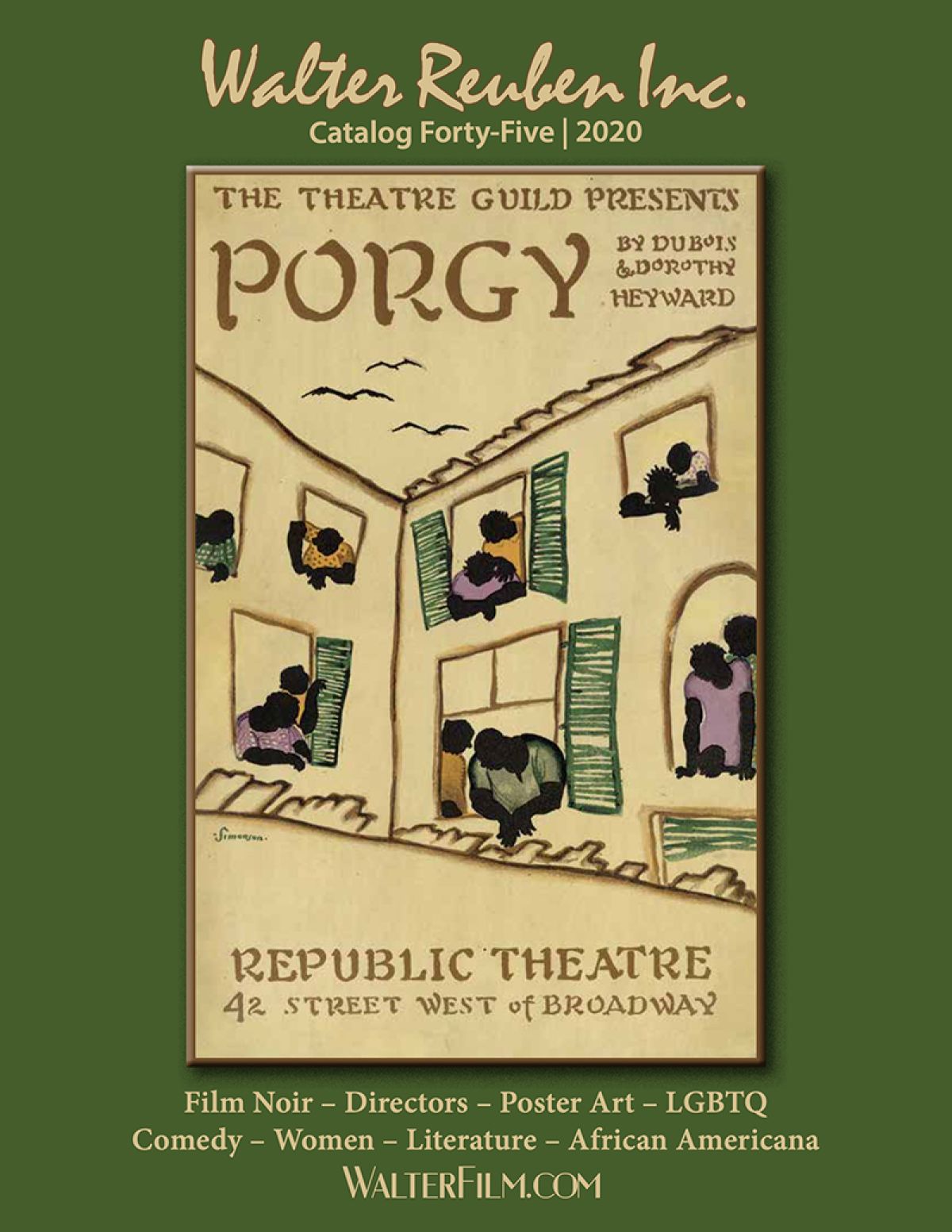
WALTER REUBEN CATALOG 45|2020
WalterFilm.com’s fourth catalog (#45/2020) contains 96 pages that include vintage original photographs, posters, programs, pressbooks, lobby cards and film scripts. The categories encompassed are: Featured, Film Noir, Directors, Poster Art, LGBTQ, Comedy, Women, Literature and African Americana.
Th…
